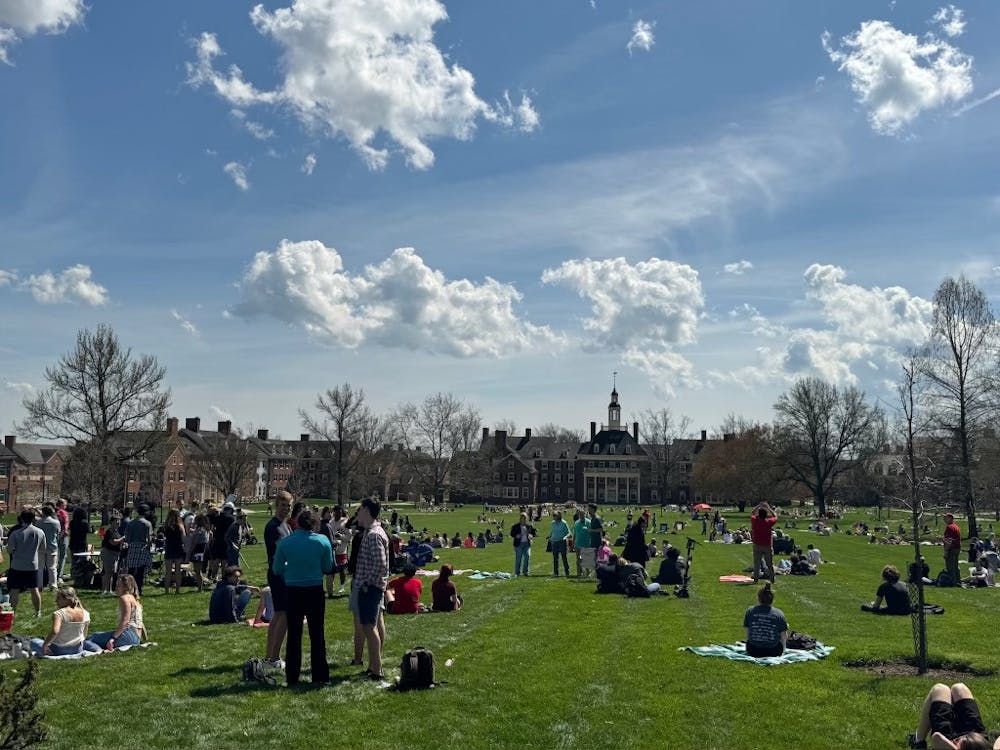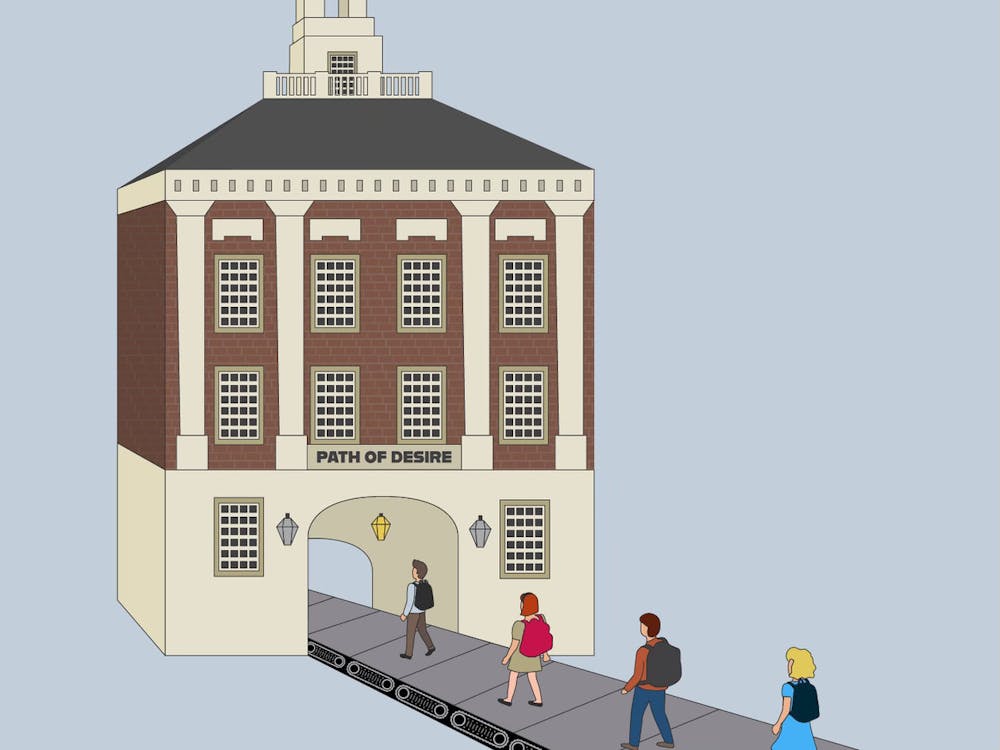The following reflects the majority opinion of the editorial board.
The Black Action Movement 2.0 (BAM), a coalition of students fighting for a Miami that does not tolerate racism or discrimination, organized four protests in four days last week. These protests, and BAM's formation, came after screenshots of a first-year's use of the N-word in a GroupMe message (then subsequent defense of his behavior) began publicly circulating.
BAM then issued a list of demands with varying deadlines to the university, including a "considerable uptick" in the amount of racially diverse students and staff, a new building to house the Office of Diversity Affairs (ODA) and a meeting with five top university administrators.
Last Friday, they held that meeting in the current ODA office, which is situated in Armstrong Student Center and surrounded by glass walls. During the meeting, students plastered the ODA's walls with signs -- mostly condemning Miami's attitude toward minority students up to this point and urging them to enact "actual change."
The administrators who met with BAM included:
- Greg Crawford, university president
- Ron Scott, associate vice president for institutional diversity
- Jayne Brownell, vice president of student affairs
- Mike Curme, dean of students
- Kelly Kimple, director of the office of diversity affairs
It's important that these administrators did meet with the students of BAM, but it's even more important that they continue to listen to and support them going forward.
While administrators said they could not meet all of BAM's demands, they do seem willing to work with them to achieve what they feel is feasible in the time frame BAM has in mind, students said.
For instance, while they could not promise to initiate the adjudication process for Wright, as requested, due to questions over freedom of speech, administrators agreed to alter the school's Code of Conduct to change the definition of harassment and discrimination. And, while they could make no promises regarding specific diversity quotas for incoming classes, administrators did say they could restructure the Bridges program to be more inclusive.
Some of the responsibility for changing Miami's culture has to come from us, too. Thomas Wright's behavior is not representative of all Miami students', but pretending that this is an isolated incident would be naive and detrimental to BAM's efforts.
While we, as students, don't have the power to enact university policy change, that doesn't mean there's nothing we can do. We can actively try to engage and empathize with students calling for social change, rather than meeting them with apathy because we, personally, may not have experienced the same issues.
If you're a non-minority student and happened to witness one of the protests last week (or even if you just read about them), and they made you uncomfortable, stop to ask yourself why that is. If you haven't already, try to consider that even if you've never felt discriminated against or underrepresented on this campus, not everyone is that lucky.
Enjoy what you're reading?
Signup for our newsletter
"There were lots of students who were uncomfortable because they wanted to study, and we were disrupting them," said Miranda Woods, a junior and BAM 2.0 member who participated in the protest at the Farmer School of Business last week. "To that I say, we're disrupted every day by your comments, by not feeling welcome here . . . If I have to feel uncomfortable every day, 24/7, at Miami University to get my education, you'll be okay for 20 minutes."



